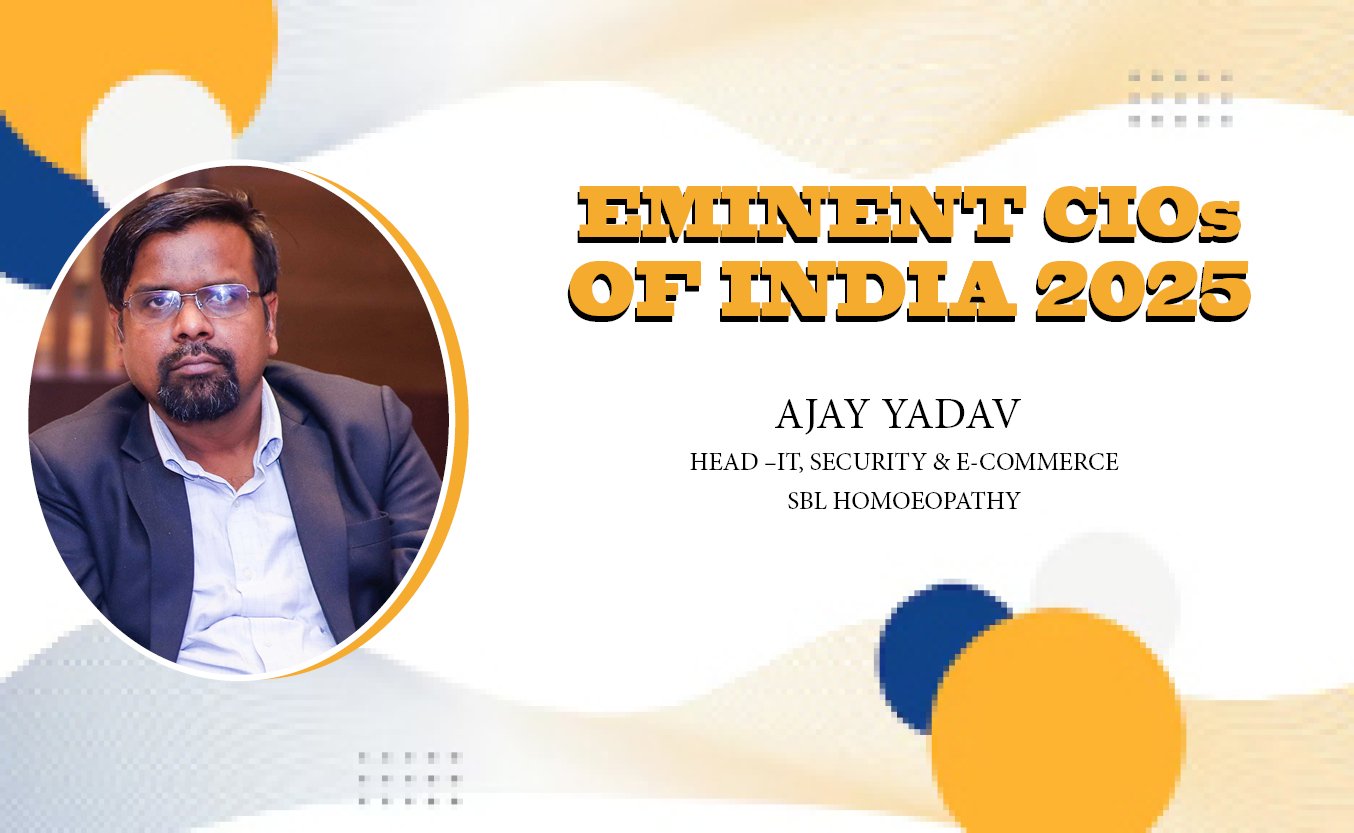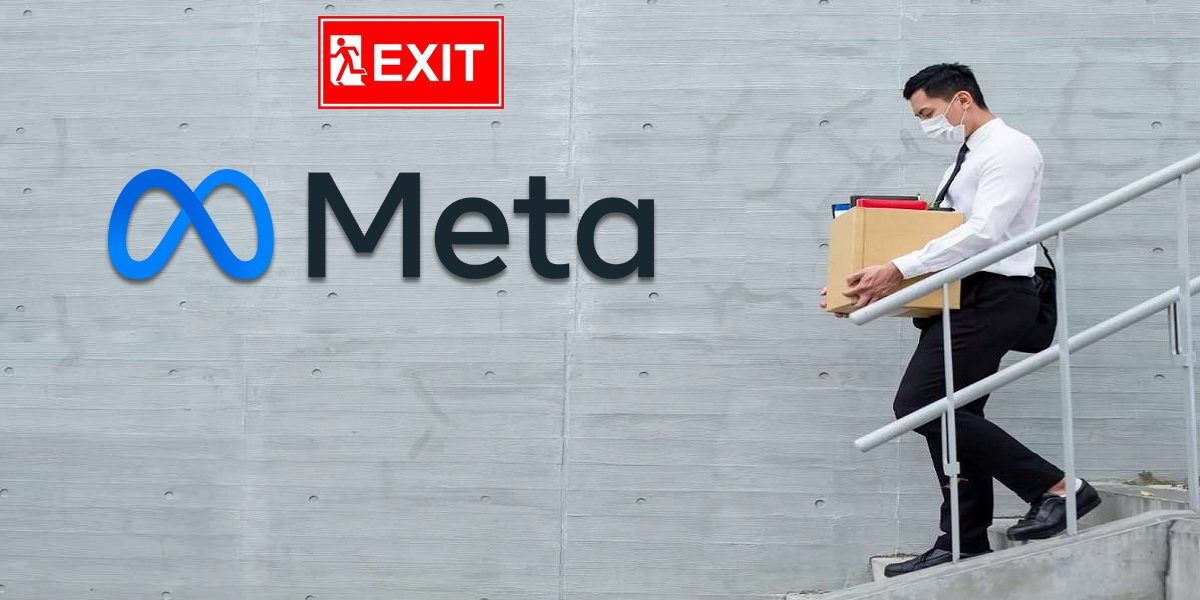AJAY YADAV, HEAD –IT, Security & E-commerce, SBL Homoeopathy
The 2025 enterprise landscape is shaped by AI automation, cloud-native and edge computing, and advanced cybersecurity like zero-trust and SASE. AI is enhancing decision-making and customer interactions, while composable architectures boost agility. Sustainability is also in focus, with green computing and energy-efficient data centers becoming critical priorities for future-ready, scalable, and secure digital business operations.
Cyber Hygiene
At SBL, building a security-first culture involves a strategic blend of awareness, training, policies, and technology. We conduct regular cybersecurity training, including phishing simulations and secure coding workshops. Zero-trust access controls, backed by MFA, safeguard sensitive data. AI-driven tools enable automated threat detection and rapid response. We standardize security policies around data classification and password management. Most importantly, leadership buy-in ensures that cybersecurity remains a top priority embedded into every business decision across all levels.
Organizations are increasingly embracing AI-powered threat intelligence, automated security operations, and zero-trust models to strengthen cybersecurity. Key strategies include AI-driven threat detection for real-time risk identification, zero-trust architecture with continuous authentication, and security automation using SOAR (Security Orchestration, Automation, and Response) for faster incident response. NLP-based chatbots are enhancing employee awareness, while AI and blockchain integration supports secure identity management and fraud prevention—marking a shift toward smarter, more proactive, and resilient cybersecurity frameworks in 2025 and beyond.
Digital Leadership Drivers
In 2025, CIOs are emerging as digital visionaries—leading business transformation, aligning tech investments with revenue goals, and enhancing customer experience. Their role now blends strategy, innovation, and execution as they partner with CFOs, CMOs, and COOs to harness AI, data, and automation. As CIOs lead cross-functional efforts—from e-commerce to cybersecurity—C-suite roles are becoming more interdependent.
While CIOs drive digital growth, CTOs advance tech innovation, CISOs focus on cybersecurity and compliance, and DPOs ensure data privacy. Together, they are shaping secure, scalable, and customer-centric enterprises for the future.
While there may be some overlap, the Data Protection Officer (DPO) role is distinct, demanding deep expertise in legal, compliance, and data privacy. In smaller firms, CIOs or CTOs may absorb this role, but in larger enterprises, DPOs should remain independent to avoid conflicts of interest. The ideal structure includes a CIO driving strategy, a CISO managing security, a CTO leading innovation, and a DPO ensuring regulatory compliance.






